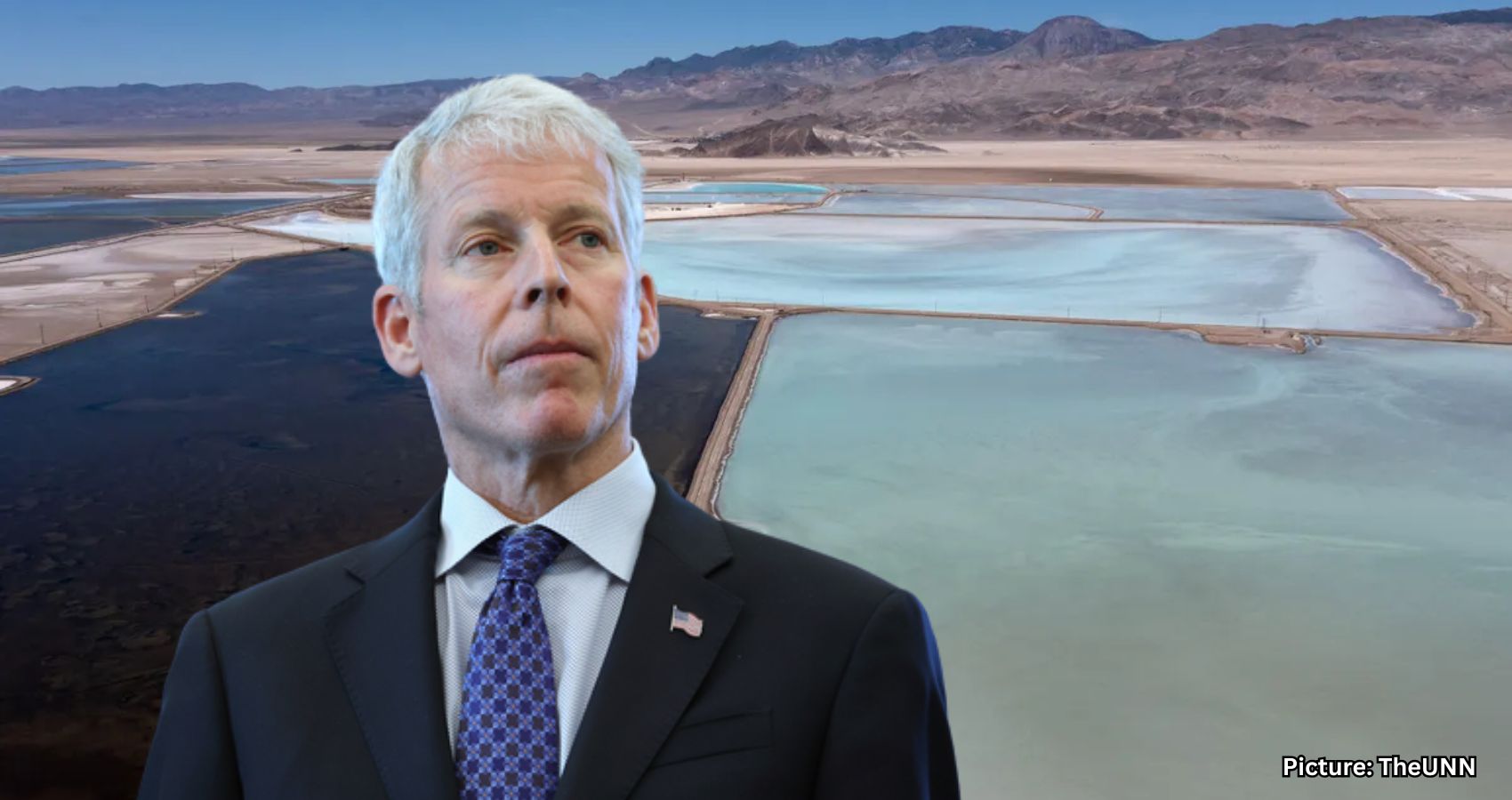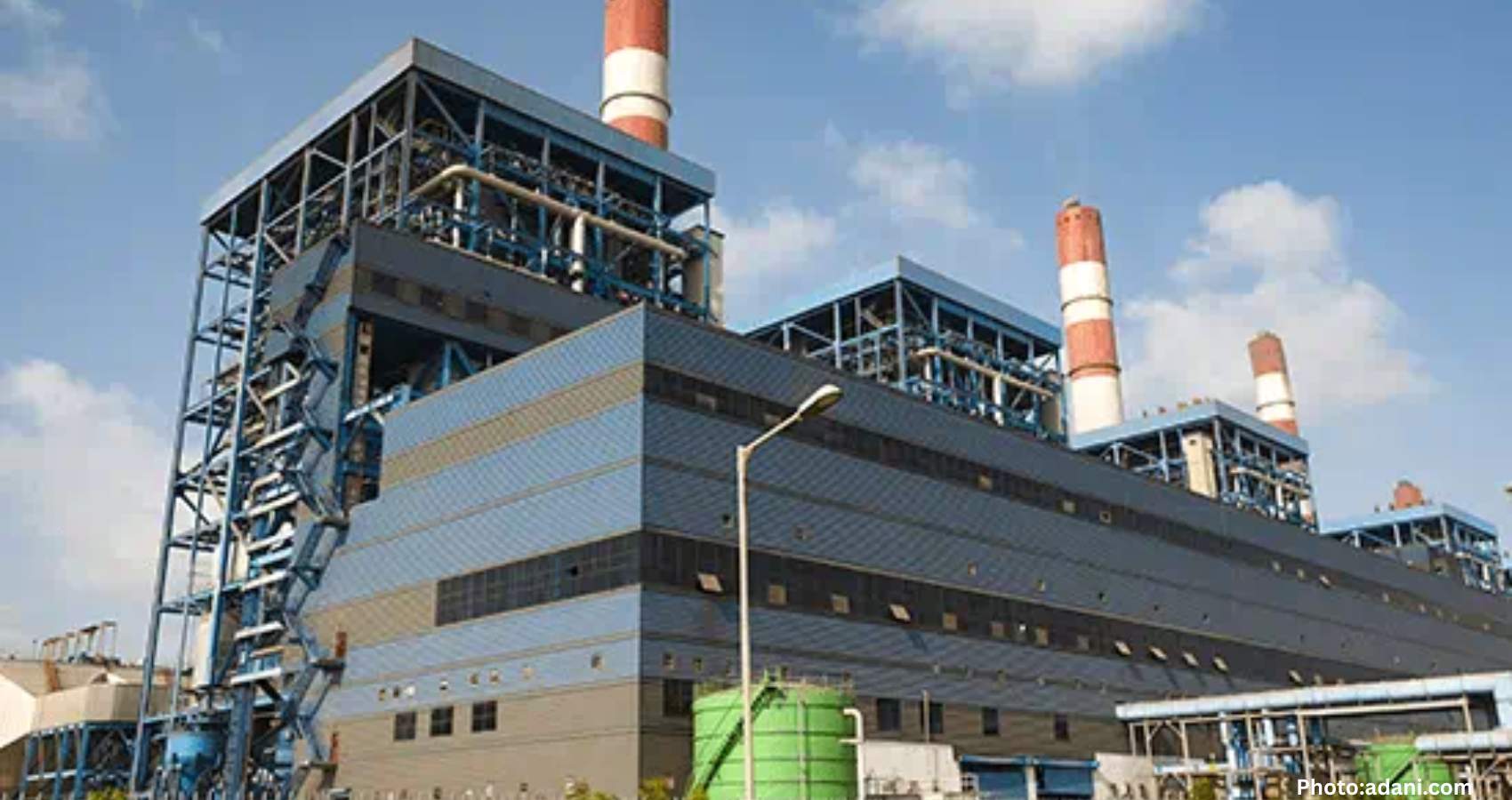JP Morgan Chase has selected Perpetua Resources for its inaugural investment from a $1.5 trillion fund aimed at enhancing U.S. national security.
JP Morgan Chase has made a significant move by selecting Perpetua Resources, an antimony and gold mining company, for its first investment from a newly established $1.5 trillion fund dedicated to U.S. national security. The announcement, which details the agreement, was made public on Monday.
Under the terms of the agreement, JP Morgan will invest $75 million to acquire nearly a 3% stake in Perpetua Resources. This investment is particularly noteworthy as the company is in the process of developing the largest antimony mine in the United States, located approximately 138 miles (222 kilometers) north of Boise, Idaho. The agreement was finalized on Sunday.
Currently, JP Morgan holds around 20,000 shares of Perpetua, according to data from LSEG. Additionally, the bank has the option to exercise $42 million in warrants within the next three years, further solidifying its commitment to the venture.
Antimony, a critical mineral used in various applications including solar panels, lubricants, and flame retardants, currently has no domestic sources in the U.S. The situation has become more pressing since China, the world’s leading antimony miner and processor, imposed export restrictions in 2024. This development has prompted Western manufacturers to seek alternative sources for this essential mineral.
Doug Petno, co-CEO of JP Morgan’s commercial and investment bank division, emphasized the importance of this investment, stating, “With this investment, we are supporting a company in an industry critical to national security and American resiliency, precisely the focus of our new initiative.”
Perpetua’s mine, which is backed by billionaire investor John Paulson, is projected to supply over 35% of the United States’ annual antimony requirements once it becomes operational in 2028. In addition to antimony, the mine is expected to produce approximately 450,000 ounces of gold each year.
As of last week, construction at the site was underway, with estimated reserves of 148 million pounds of antimony and six million ounces of gold. Jon Cherry, CEO of Perpetua Resources, remarked, “This is all about putting America first again relative to the supply chain, in this case for critical minerals.”
This investment aligns with JP Morgan’s recently announced Security and Resiliency Initiative, which aims to address what CEO Jamie Dimon described as the “painfully clear” reality of the United States’ over-reliance on unstable sources for critical minerals.
In its announcement, the bank outlined plans to invest up to $10 billion across four key sectors: defense and aerospace, frontier technologies such as artificial intelligence and quantum computing, energy technologies including batteries and supply chains, and advanced manufacturing. Within these sectors, JP Morgan identified 27 specific industries where it intends to provide support through advice, financing, and investments.
Furthermore, the bank plans to expand its workforce by hiring an unspecified number of bankers and establishing an external advisory council to bolster its initiative.
This strategic investment in Perpetua Resources marks a pivotal step for JP Morgan as it seeks to enhance U.S. national security through the development of domestic sources of critical minerals.
Source: Original article






